The Labour government of the 1970s saved our country houses. Will a Labour government of the 2020s save our country churches?
Why not invest to save the most valuable community resources we have, perfectly placed at the heart of communities?


Half a century ago, under the leadership of its dynamic new director Roy Strong, the V&A Museum held two exhibitions: ‘The Destruction of the Country House’ (1974) and ‘Change and Decay’ — the future of our churches (1977). Although it is safe to say that almost everything has changed for the better for the country house since then, it is, sadly, equally accurate to observe that not enough has changed for churches, especially small rural ones, too many of which are vulnerable to closure and decline. Yet they are a crucial part of our heritage, with more than 20,000 beautiful and historic listed churches in the UK.
Following the country-house exhibition, there was a well-orchestrated campaign led by the National Trust and the newly formed Historic Houses Association, backed by huge public support. This led to the introduction of tax breaks and grants that, combined with inspiring leadership from owners such as Lord Montagu of Beaulieu, Hampshire, resulted in many country houses being saved. Today, more than 700 historic houses are beautifully restored and presented and are open to the public, enjoyed by an estimated 60 million visitors each year. They form a vibrant, mixed economy that seems likely to continue to succeed. Why not churches as well?
There are, of course, many differences. Although Church of England churches are owned by their parishes, they are inextricably bound to a national institution that has many other preoccupations, funding priorities and ways of working (parochial church councils, the faculty system), which do not always encourage entrepreneurship. The same applies to the smaller denominations with even fewer resources. There are no tax breaks or public support systems for churches and the only grant that remains — the Listed Places of Worship scheme — is due to close next year.
'Surely, we need the same kind of public campaign and leadership that saved the country houses'
According to the 2025 National Churches survey, 38% across all denominations say their church roof is at risk or in urgent need of repair; 31% are drawing on reserves to survive. One in 20 congregations say their church will probably or definitely not be used as a place of worship in five years’ time, with rural ones feeling the least confident. Surely, we need the same kind of public campaign and leadership that saved the country houses.
Above all, the church institutions need to affirm that church buildings, and their value to the whole community — not only their congregations — are at the heart of their mission today. Many local churches already do extraordinary things, from providing meeting rooms to baby yoga, concerts to post offices. There are more food banks in churches than there are branches of McDonald’s. However, these activities aren’t widespread or secure enough, especially to sustain rural churches.
They also need money and, even in times of financial difficulty, the benefits of saving churches should be a case worth making. One might ask why on earth a Labour Government in the 1970s should have rescued the homes of the aristocracy, but it did. As a result, the benefits have long accrued, not only for heritage, but into local economies and wellbeing. Therefore, why not invest to save the most valuable community resources we have, perfectly placed at the heart of communities?
'In another 50 years, we will be mourning what has been lost, instead of celebrating what has been saved'
Churches need income and capital, and bold new solutions are needed to provide both. More community activity will help, but with local-government reorganisation imminent, now is the perfect time to make the case for local precepts, such as exist in many European countries. A tiny slice from taxes would make an extraordinary difference and bring benefits to communities. To provide capital, Lottery money could be focused for a set period, a new Government fund for churches could be started, as well as the seeking of contributions from the national church institutions. If these ideas sound pie in the sky, the same was true for country houses 50 years ago.
Exquisite houses, the beauty of Nature, and how to get the most from your life, straight to your inbox.
What is clear is that we can’t carry on as we are. Churches and their historic places in the landscape are important for everyone, yet too few of us realise how much they need our collective support. Now is the time to learn from what worked for the country houses and put our shoulders to the same wheel to avoid the risk that, in another 50 years, we will be mourning what has been lost, instead of celebrating what has been saved.
A former director of the National Trust and the CPRE, Dame Fiona Reynolds is chair of the Cathedrals Fabric Commission for England
Fiona Reynolds is chair of the Food, Farming and Countryside Commission, the former director-general of the National Trust, former Master of Emmanuel College, Cambridge, and the author of The Fight for Beauty. Follow her on Twitter @fionacreynolds.
-
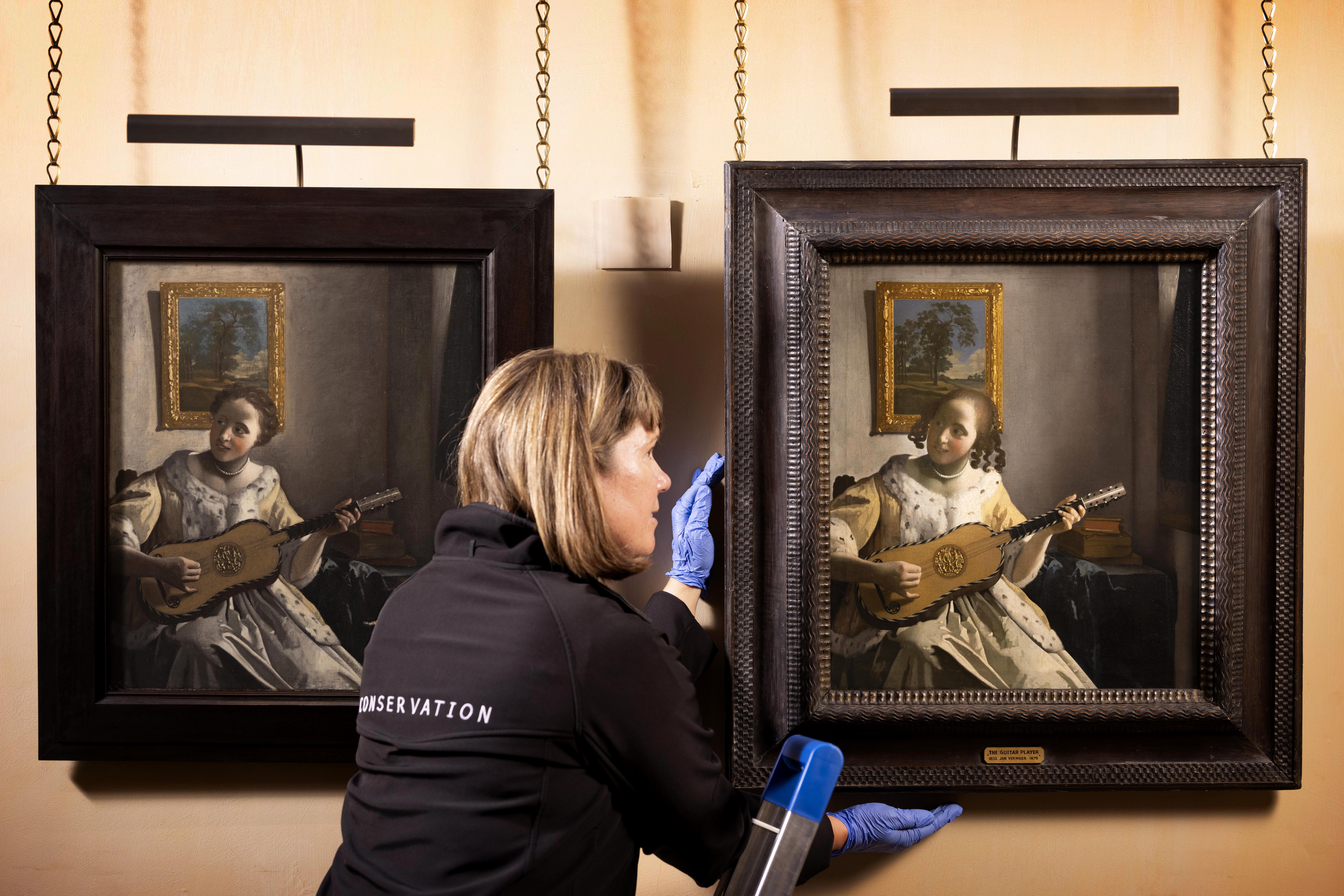 A painting owned by Edward Guinness is on display next to a near identical version at Kenwood House — but which one is the real Vermeer?
A painting owned by Edward Guinness is on display next to a near identical version at Kenwood House — but which one is the real Vermeer?A mini exhibition at Kenwood House allows viewers to ‘to practise their own connoisseurship’.
-
 You're a silly goose if you don't take the Country Life Quiz of the Day, November 10, 2025
You're a silly goose if you don't take the Country Life Quiz of the Day, November 10, 2025Can you name this popular Netflix film? Can you finish this common song lyric? How well do you know your breeds of geese? Find out in today's quiz.
-
 William Hanson's 39 steps to being a gentleman
William Hanson's 39 steps to being a gentlemanMany have attempted to update the codes of gentlemanly conduct for 2025, but as, William Hanson shows, the timeless rules are still the best ones
-
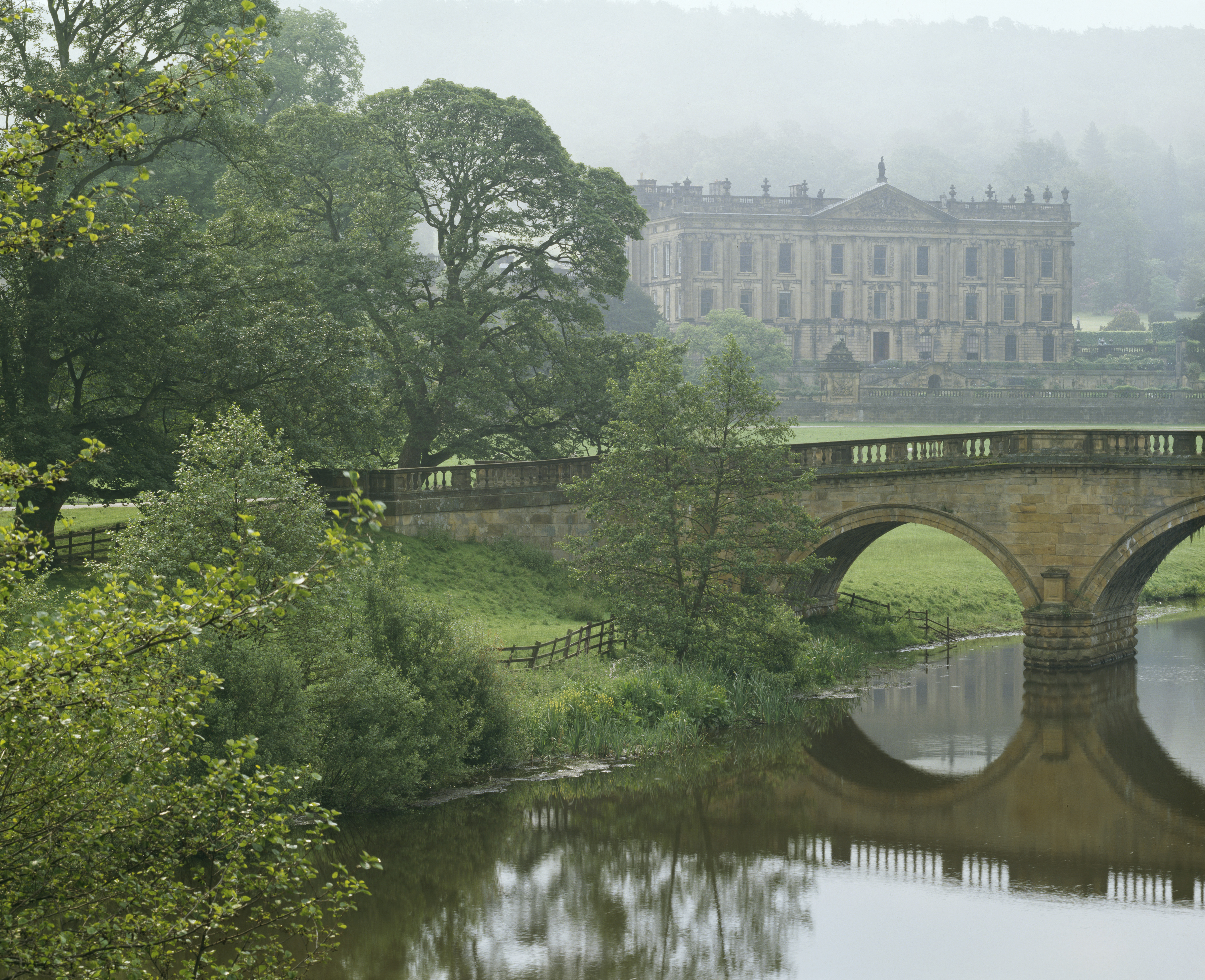 Athena: This Government must open its eyes to the contribution that heritage and culture can make to our economy
Athena: This Government must open its eyes to the contribution that heritage and culture can make to our economyHeritage is a forgotten driver of growth laments our cultural crusader.
-
 ‘The best time to plant a tree was 20 years ago; the second best time is now'
‘The best time to plant a tree was 20 years ago; the second best time is now'Now is the time to firstly, hug a tree, and secondly, plant some more — in increasingly imaginative ways.
-
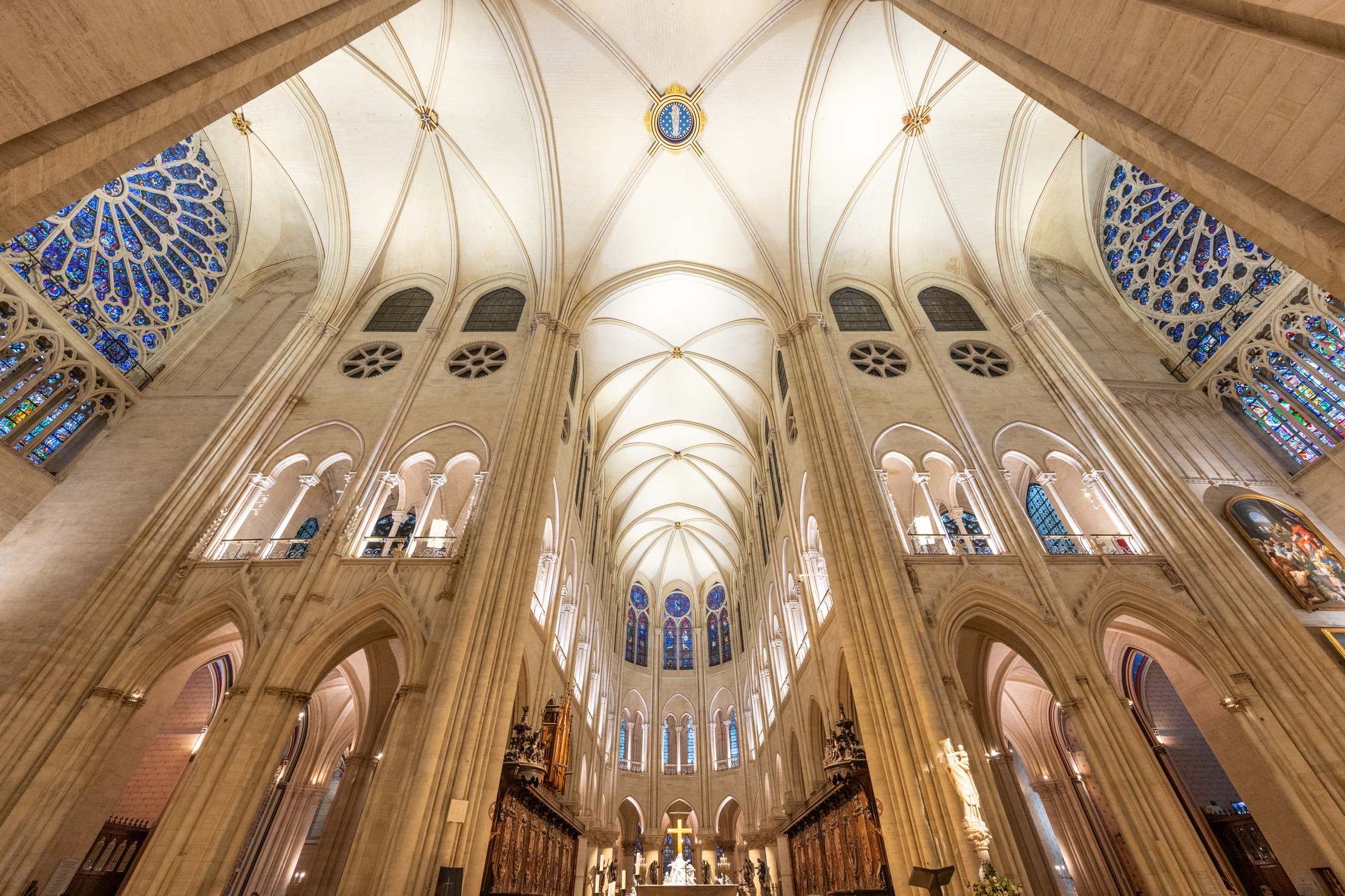 Nôtre-Dame: An over-crowded Parisian triumph
Nôtre-Dame: An over-crowded Parisian triumphAthena visits the re-built French wonder, and is more than impressed by the restoration work that has been completed so far.
-
 Agromenes: Evolution, not revolution, is what we need for a green and sustainable future
Agromenes: Evolution, not revolution, is what we need for a green and sustainable futureThe short-term pain of a green transition will be worth it in the long run. What we need is some bold vision to get there.
-
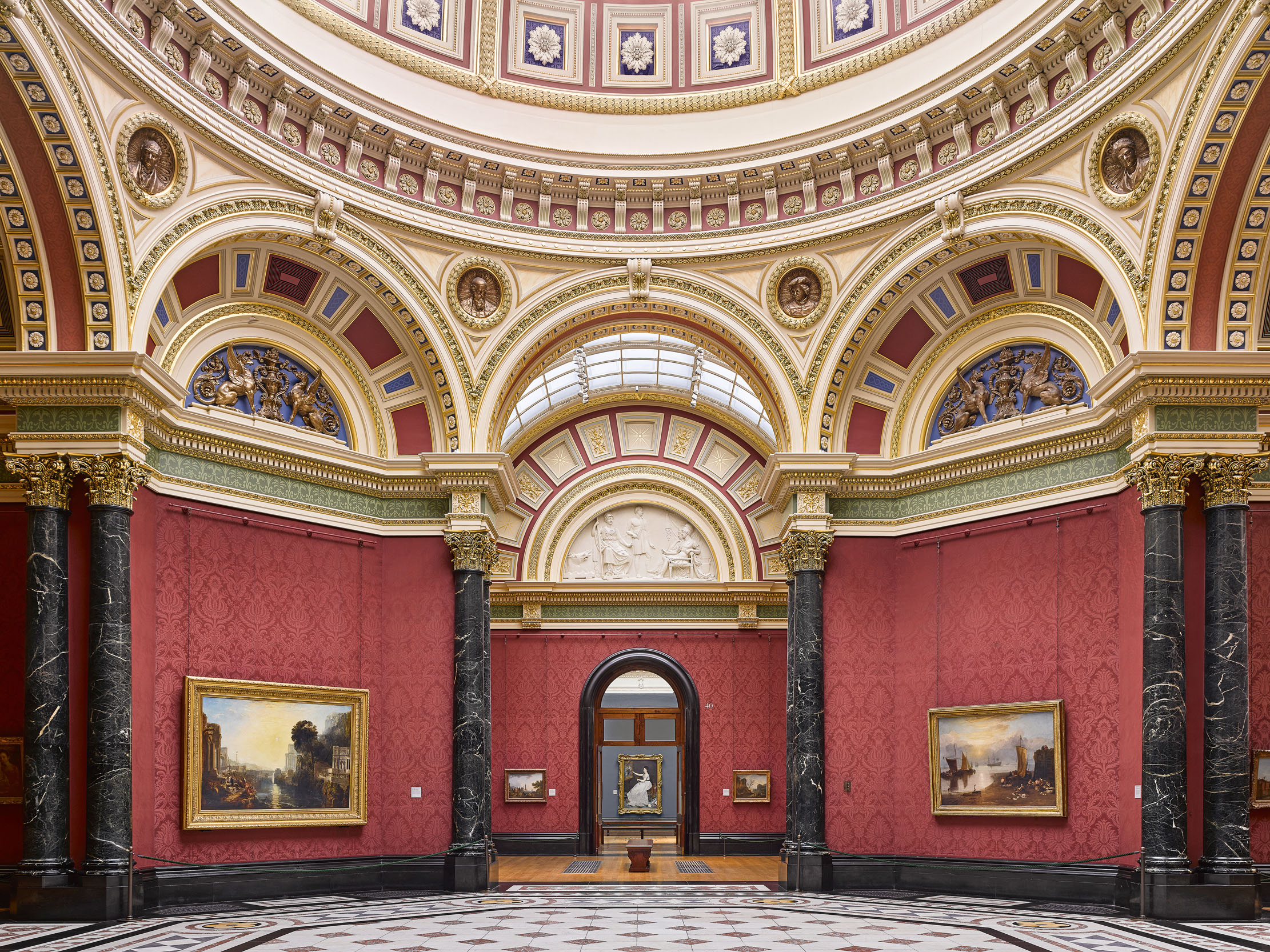 The proposed National Gallery extension is a ray of light in a stormy sector
The proposed National Gallery extension is a ray of light in a stormy sectorThe announcement of a new wing for one of the nation's top art galleries 'is a transformative initiative undertaken through private philanthropy to clear and universal benefit. What is there not to celebrate?'
-
 Don't blame it on the sunshine, don't blame it on the moonlight, don't blame it on the good times, blame it on the bats
Don't blame it on the sunshine, don't blame it on the moonlight, don't blame it on the good times, blame it on the batsBats and newts are an easy target, but can they actually be blamed for not building enough houses?
-
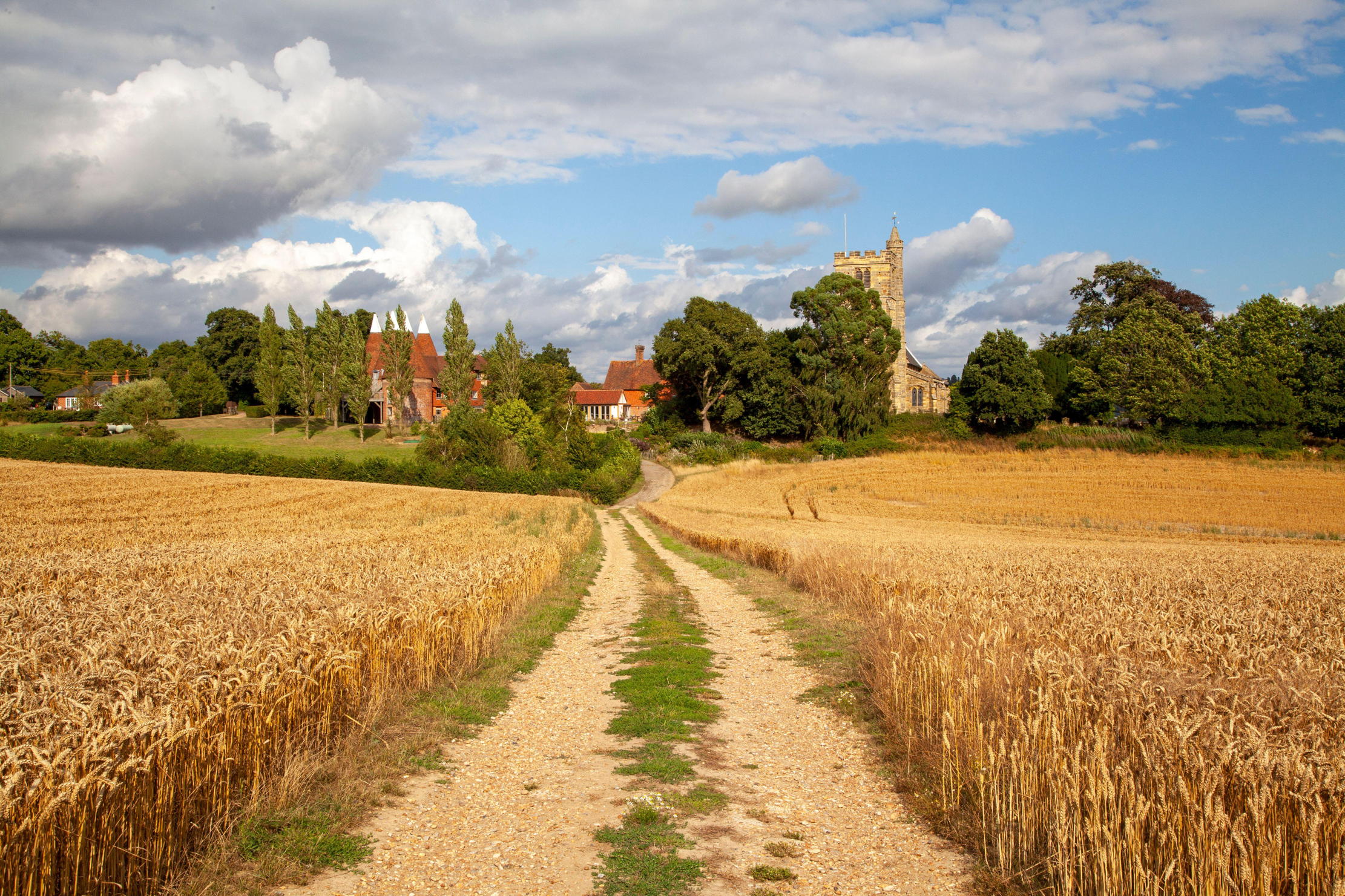 Agromenes: Why is our tax money not being spent on British food?
Agromenes: Why is our tax money not being spent on British food?A Freedom of Information request reveals that many of our local councils and government departments aren't buying British-grown food. It's an insult to our farmers.
